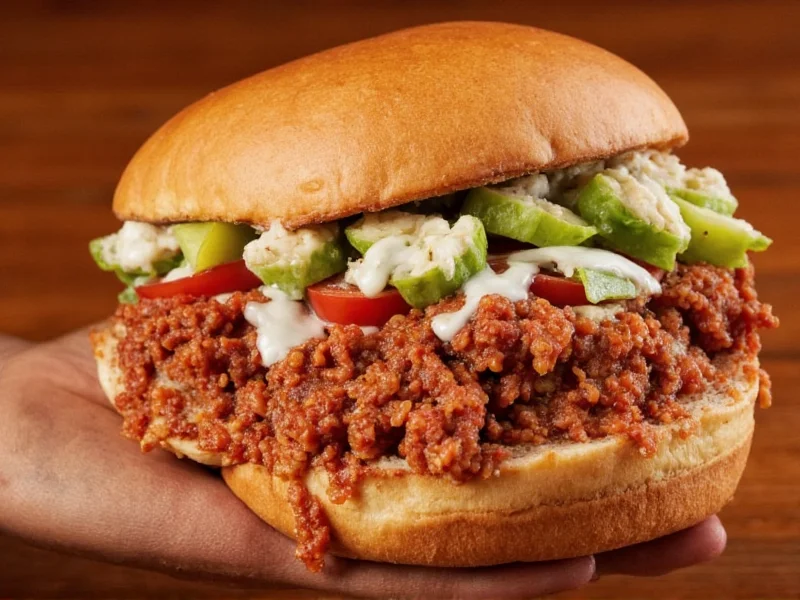Understanding why Chipotle is called Chipotle requires exploring both linguistic history and culinary tradition. The term originates from Mesoamerican languages, not Spanish as many assume. When founders Steve Ells and Nicodemus Mims chose the name in 1993, they deliberately selected a word that embodied their restaurant’s commitment to authentic Mexican flavors and cooking techniques.
The Linguistic Roots of ‘Chipotle’
The word ‘chipotle’ traces back to the Nahuatl language spoken by the Aztecs. ‘Chilpoctli’ combines ‘chilli’ (pepper) and ‘poctli’ (smoke), literally translating to ‘smoked pepper.’ Spanish colonizers adapted this term into ‘chipotle,’ which entered English usage in the 1800s.
Contrary to popular belief, ‘chipotle’ isn’t a Spanish word. Spanish speakers typically use ‘chile ahumado’ for smoked peppers. The preservation of the Nahuatl term highlights how indigenous Mexican culinary traditions have influenced global food culture.
How the Restaurant Adopted the Name
When chef Steve Ells opened the first Chipotle location in Denver in 1993, he sought a name that reflected his vision of elevated Mexican street food. The smoked jalapeño pepper, or chipotle, represented the restaurant’s dedication to authentic ingredients prepared using traditional methods.
Ells explained in interviews that he wanted a name that “wasn’t Mexican-sounding to the point of being cliché,” avoiding terms like ‘taco’ or ‘burrito’ that might suggest inauthenticity. The distinctive spelling and pronunciation also helped with brand recognition.
| Language | Term | Literal Meaning |
|---|---|---|
| Nahuatl (Aztec) | chilpoctli | smoked chili |
| Spanish adaptation | chipotle | smoked pepper |
| Modern English | chipotle | smoked jalapeño pepper |
Chipotle Peppers in Mexican Cuisine
Chipotle peppers play a crucial role in Mexican cooking, particularly in the eastern regions where smoking jalapeños over wood fires preserves them while developing complex flavors. This ancient preservation technique dates back to pre-Hispanic times when indigenous communities smoked various chili varieties.
The restaurant’s name directly references this culinary tradition. Chipotle peppers appear in many menu items, from the adobo sauce to the barbacoa seasoning, maintaining the connection between the brand name and its culinary roots.
Common Misconceptions About the Name
Several myths surround Chipotle’s naming. Some believe it’s a made-up word or references a specific place. Others mistakenly think ‘chipotle’ means ‘little chili’ in Spanish (that would be ‘chililito’). The restaurant has never been connected to a town called Chipotle – this is a common confusion with the Mexican town ‘Chipotl’ in Tlaxcala.
Understanding the true etymology of chipotle restaurant name origin helps appreciate how the chain positioned itself within authentic Mexican culinary traditions rather than Americanized interpretations of Mexican food.
The Evolution of ‘Chipotle’ in American English
Before the restaurant chain’s rise, ‘chipotle’ was relatively unknown in mainstream American English. The restaurant’s success popularized both the word and the ingredient. Today, most Americans recognize ‘chipotle’ as referring to either the restaurant or the smoked pepper, demonstrating how brand naming can influence language evolution.
This linguistic impact represents an interesting case study in how food businesses can educate consumers about authentic ingredients while building distinctive brand identities. The careful selection of a culturally significant term helped differentiate Chipotle from competitors in the crowded fast-casual market.
FAQ
What is the literal meaning of chipotle?
The literal meaning of chipotle comes from the Nahuatl (Aztec) word ‘chilpoctli,’ which translates to ‘smoked chili.’ It specifically refers to a smoke-dried jalapeño pepper used extensively in Mexican cuisine.
Is chipotle a Spanish word?
No, chipotle is not originally a Spanish word. It derives from Nahuatl (the language of the Aztecs). Spanish speakers typically use ‘chile ahumado’ for smoked peppers, while ‘chipotle’ is the adapted Nahuatl term that entered Spanish and then English usage.
Why did Chipotle choose that name for their restaurant?
Founder Steve Ells chose ‘Chipotle’ because it represented authentic Mexican ingredients and cooking methods. The smoked jalapeño pepper is central to many traditional Mexican dishes, reflecting the restaurant’s commitment to genuine flavors rather than Americanized versions of Mexican food.
Does chipotle mean something different in Mexico?
In Mexico, ‘chipotle’ specifically refers to a smoke-dried jalapeño pepper. While the term is understood throughout Mexico, regional variations exist in how the peppers are prepared and used in different dishes across the country.
How has the restaurant influenced the meaning of ‘chipotle’ in English?
Before Chipotle Mexican Grill’s expansion, ‘chipotle’ was relatively unknown to most Americans. The restaurant chain popularized both the word and the ingredient, making ‘chipotle’ a commonly recognized term for the smoked pepper in mainstream American English vocabulary.











 浙公网安备
33010002000092号
浙公网安备
33010002000092号 浙B2-20120091-4
浙B2-20120091-4